"We stumbled across this rare and rather killer footage of the fleeting moments of Mazda's RX7 Group B career on the highly entertaining Japanese Nostalgic Car blog. Listen to the sound of the RX7's high-revving rotary engine, and enjoy "
Mazda RX7 – 40 years
We wish we ran this well at 40 years of age.
40 years on from its launch and it’s obviously impossible to talk about this superb and great-looking sports car without homing in on its most unique and original feature; the Wankel rotary engine.
Designed by a German, Felix Wankel, the rotary engine consists of a triangle-shaped piston spinning, in one direction, within a pinched oval. As the piston spins it creates three chambers around its outside, which allows the phases of combustion to occur between the walls of the pinched oval and outside the triangular piston, as it spins. A ‘variable-volume progressing-cavity system’; or, in terms that any kid from the 1980s would understand; it’s like a fuelly-petrol, internally-exploding, metal Spirograph of speed.
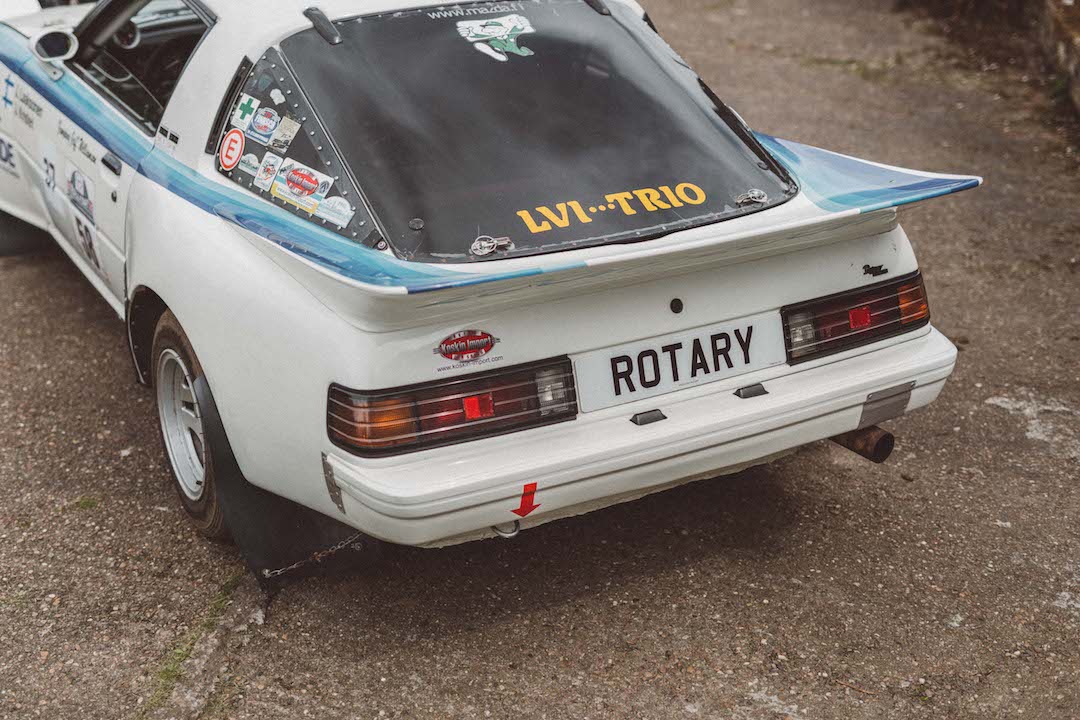
Although designed by Wankel and initially used in an NSU motorcycle its potential was spotted at a 1959 automotive show in America by Jujiro Matsuda, head of a Japanese company who made powered rickshaws and small trucks under the name Mazda Go. Matsuda licenced the engine and took it to Japan, instructing his engineers to make it work as quickly and reliably as possible; which turned out to be trickier than expected as the prototype Mazda engines would both seize and blow up. This was mainly due to the pointed edges of the triangular piston scoring the inside of the pinched oval, around the edges of the combustion chambers. This issue was ingeniously solved by realising that graphite could be used on the tips of the triangular piston creating what they called “apex seals” ensuring the combustion chambers remained un-marked as the piston span.
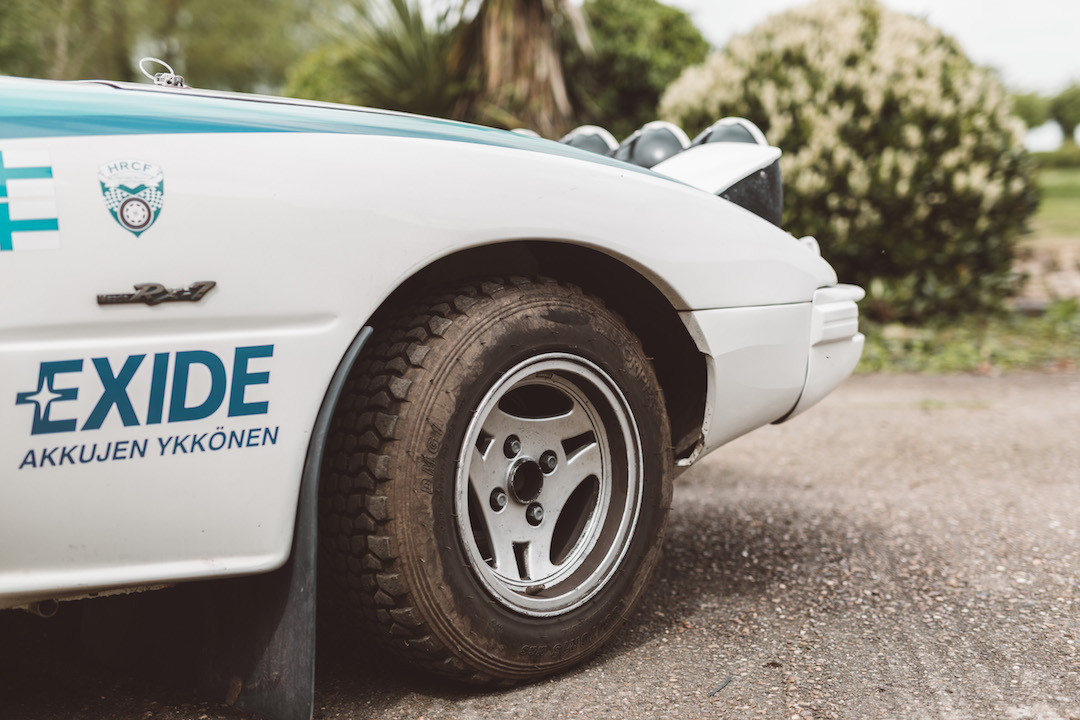
After overcoming the early prototype issues Mazda debuted the new engine in the Cosmo Sport 110 in 1967 and various rotary engine Mazdas sold well, until the oil crisis of the mid 70s. In 1978, with market conditions improved, Mazda launched the RX-7, with an improved rotary Wankel engine. Inspired by the Lotus Elan it was low, sleek and light making for lively performance and an appealingly-simple body shape. It was a good-looking performance car – the small, light, engine being behind the front axle, allowing for excellent weight distribution and a low centre of gravity – and Mazda actually recommended you drive it like a hooligan. The Wankel engine needed to run to peak revs fairly regularly, in order to keep the engine oil at the correct temperature and clear out any carbon deposits; like a much more fun version of taking a modern diesel on a long drive, to heat up the exhaust enough to burn off the deposits in a diesel particulate filter.
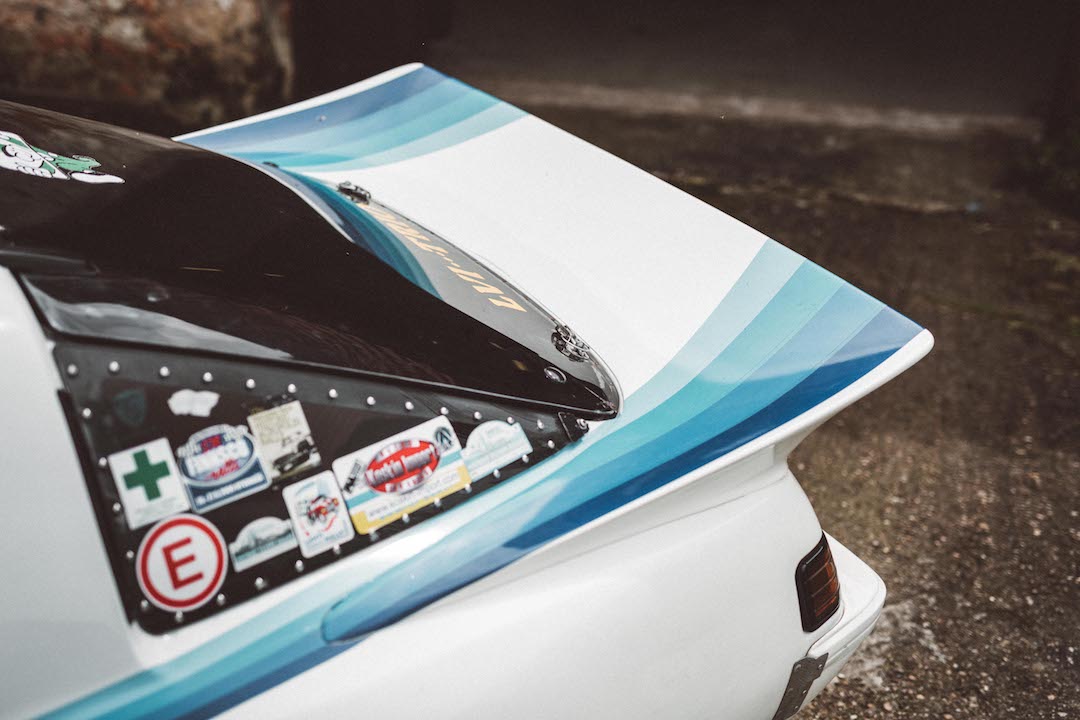
(The RX-7s rotary engines ran so well and so smoothly at high revs that Mazda fitted a buzzer to the tachometer, in the series 3 cars, to sound when the driver was approaching the redline because it was possible not to realise you were so far up the rev range.)
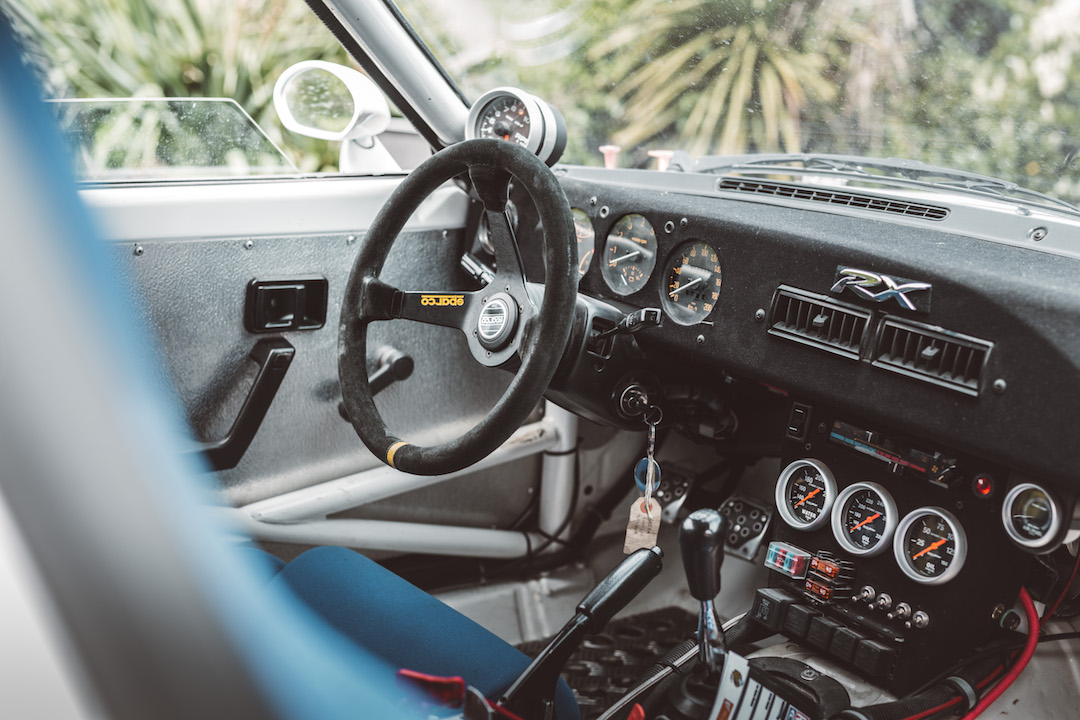
The first series RX-7s – called the SA series 1 from ’78 to ’80 and the FB series 2 and 3 from ’80 to ‘85 – would be sold in various guises; with a choice of two manual and two automatic gearboxes and some with turbos, from 1983 onwards. Small updates trickled onto the RX-7s continuously during the early years of its evolution, though these were mainly aesthetic changes with things like bumpers, dashboards and light clusters changing gradually, over time.
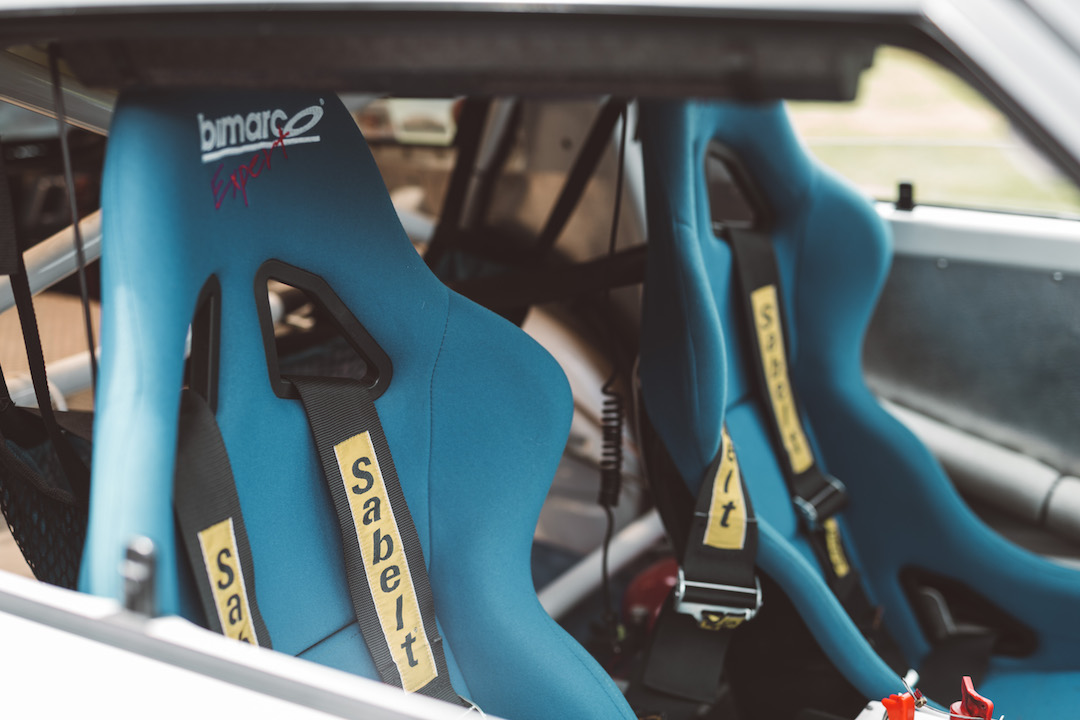
The FC, or series 4 cars (’85 to ’88) changed its body shape, now drawing more on the Porsche 944 as a template than the Lotus Elan, that the original had been inspired by. It was available with normally aspirated or turbocharged engines and, significantly, with upgraded steering; which had been made more precise, with a new rack-and-pinion system. The breaks were also significantly improved, now using discs all round. Mazda also debuted Dynamic Tracking Suspension System in the FC series, allowing for the (all new) rear suspension to actually create some toe-in under heavy cornering, aiding stability while turning, making it less ‘tail-happy’ than the earlier SA cars. The FC lost its roof in 1988, offering a convertible RX-7 for the first time and was further updated with a ‘10th anniversary’ edition, also in ’88; and a GTU car in 1989, following the RX-7s domination of IMSA racing in the USA.
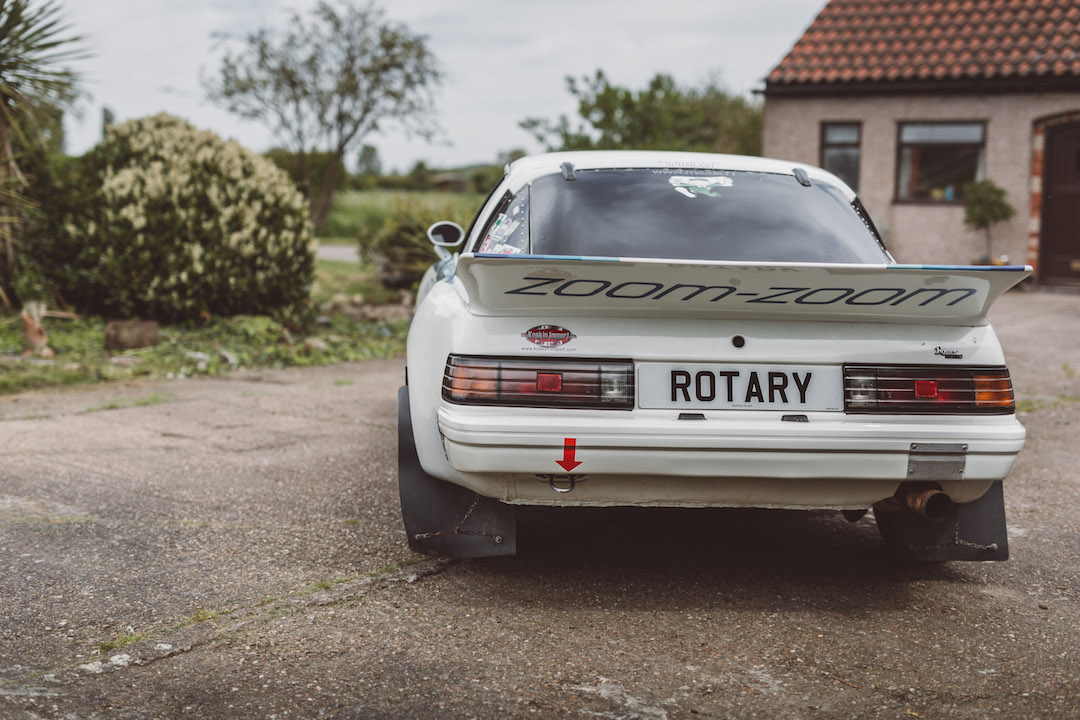
The third-generation FD series car was introduced in 1993 where, alongside a styling overhaul, the Wankel engine now had two turbochargers; one to give boost at low RPM and one to give boost further up the rev range. This produced a wider torque curve and also meant that the driver had to be ready for the second surge of acceleration, at around 4500 RPM, when the second turbo kicked in. The new twin-turbo system was so complicated it had been designed with the help of Hitachi and contained 4 solenoids, 4 actuators, pressure and vacuum chambers and a decent length of pressure/vacuum hoses, creating more potential points for failure.
Only minor updates and special editions were incorporated between ’96 to ’98 and the ’98 to ’02 version was only available in Japan.

Alongside strong sales to the general public Mazda also competed and won with the RX-7 in a variety of categories. They won the 1981 Spa 24-hour race; despite not being in the fastest class it fought with the larger engine BMWs and Ford Capris and, amazingly, with the 5.7 litre Chevy Camaros. The racing equivalent of taking a knife to a gun fight; but this knife was a mini Samurai sword. The car was driven by Tom Walkinshaw and Pierre Dieudonne, recording Mazda’s first win at the Spa 24 hours and, perhaps more significantly, the RX-7 was the first Japanese car to win the event. TWR (Tom Walkinshaw Racing) run cars also won the British Touring Car championship in 1980 and 1981, with Win Percy driving the RX-7s. (TWR would go on to become a hugely famous race team, running the iconic Silk Cut sponsored Jaguar Group C endurance racers and, ultimately, moving into Formula 1).
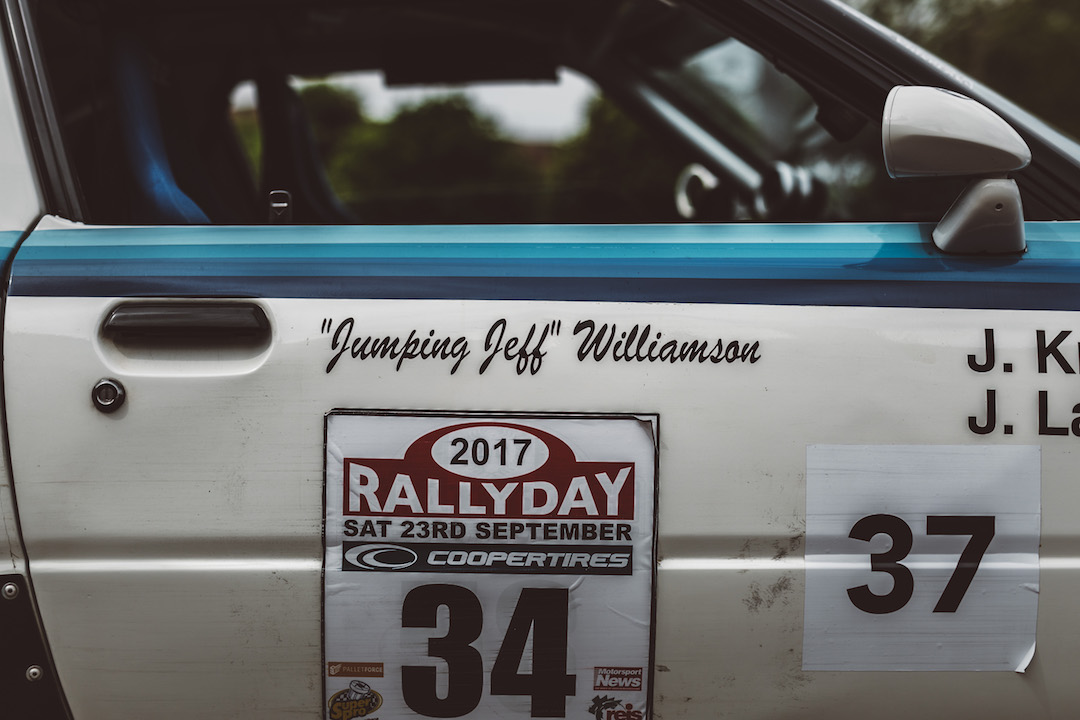
Mazda also made an RX-7 Group B rally car in the mid 1980s, in the heady days of Metro 6R4s and Lancia Delta Integrales; all hugely-flared wheel arches and whooshing turbos, engines popping and banging on the overrun and pumping out staggeringly large bhp numbers. It would hold its own against some of the most potent rally cars ever made but, sadly, it only raced for a short time, in ’84 and ’85, due to the fact that it, and the other group B cars, were banned, for, well… for being bonkers. (That and the fact that the popularity of Group B rallying was encroaching on the popularity of the racing product that a diminutive future billionaire was promoting…) The fabulous car in the film attached to this piece was built, as driver and owner ‘Jumping Jeff’ says, for Group 2 International rallies and won its class every time it raced.
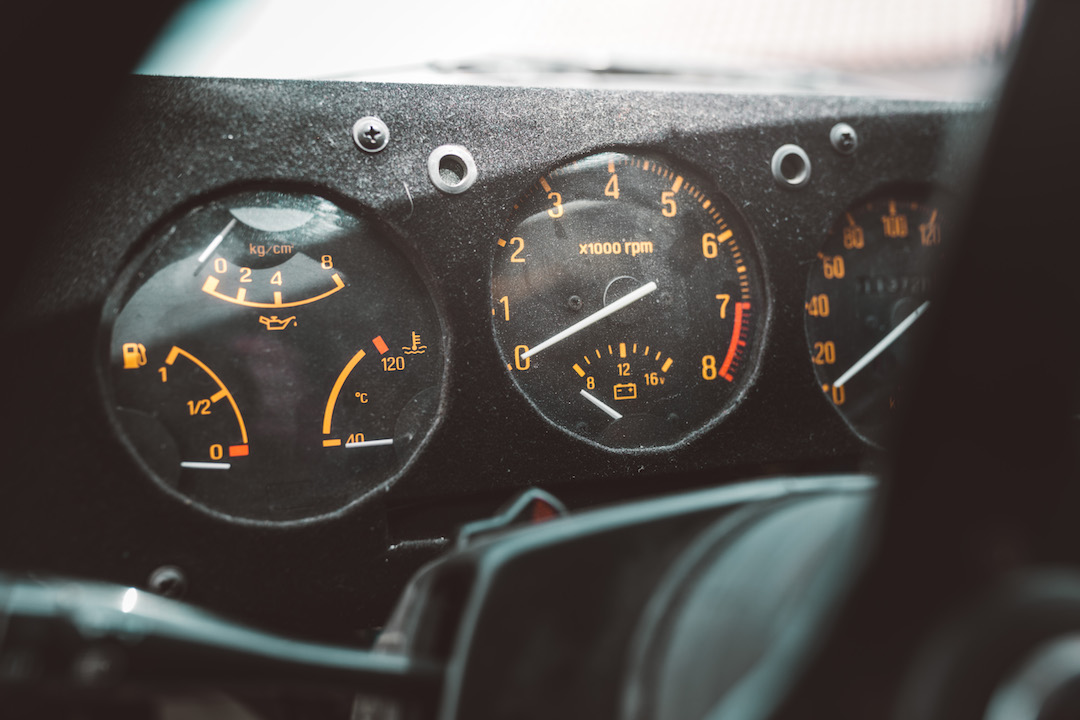
All Mazda’s excellent racing experience with the RX-7 ended up effectively acting as the kicking off point for their 1991 win, in the most famous 24-hour race of all, at Le Mans, with their own 787B, Group C car. This is still the only car to win Le Mans with something other than a traditional reciprocating piston engine at its heart; though modern LMP1 endurance racers obviously supplement their traditional engines with complicated hybrid systems, that, in some cases, make as much power as the ‘standard’ engines they are mated to.
In modern times the RX-7s are hugely popular cars on the drifting circuit; great balance, light weight, rear-wheel drive and significant power make it ideal for getting it sideways and having some tyre-shredding fun.
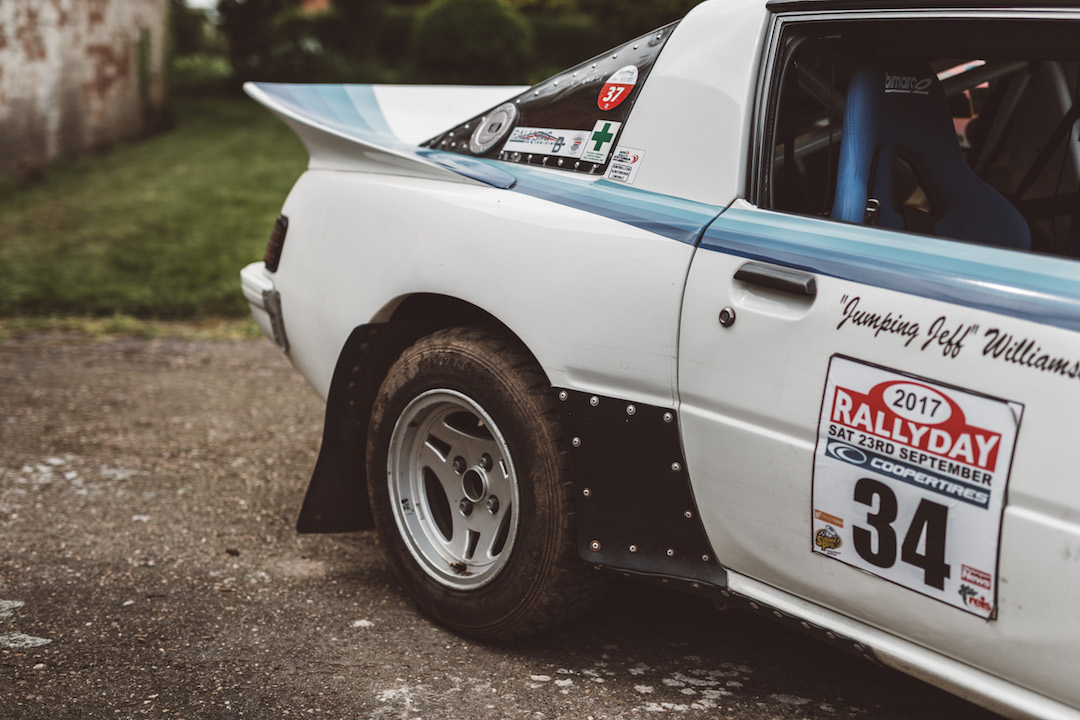
Though ultimately killed off in 2012 (by that stage housed in the RX8), for failing to meet new emissions standards, the rotary engine, and the RX-7 it was mainly mounted in, showed what could be achieved by moving away from conventional thinking and trying to create something unique. In some senses, that alone would make the RX-7 a hugely important car; the fact that Mazda made it pretty; made it handle beautifully; raced it successfully; and sold so many (more than 800,000 over its production lifespan) makes the RX-7 a true great.
Petrol heads everywhere would love Mazda to make the gorgeous ‘RX-Vision’ concept car, from the 2015 Tokyo motor show, badged as a RX-9 and taking the Wankel rotary on again, to power another generation of unique sports cars.
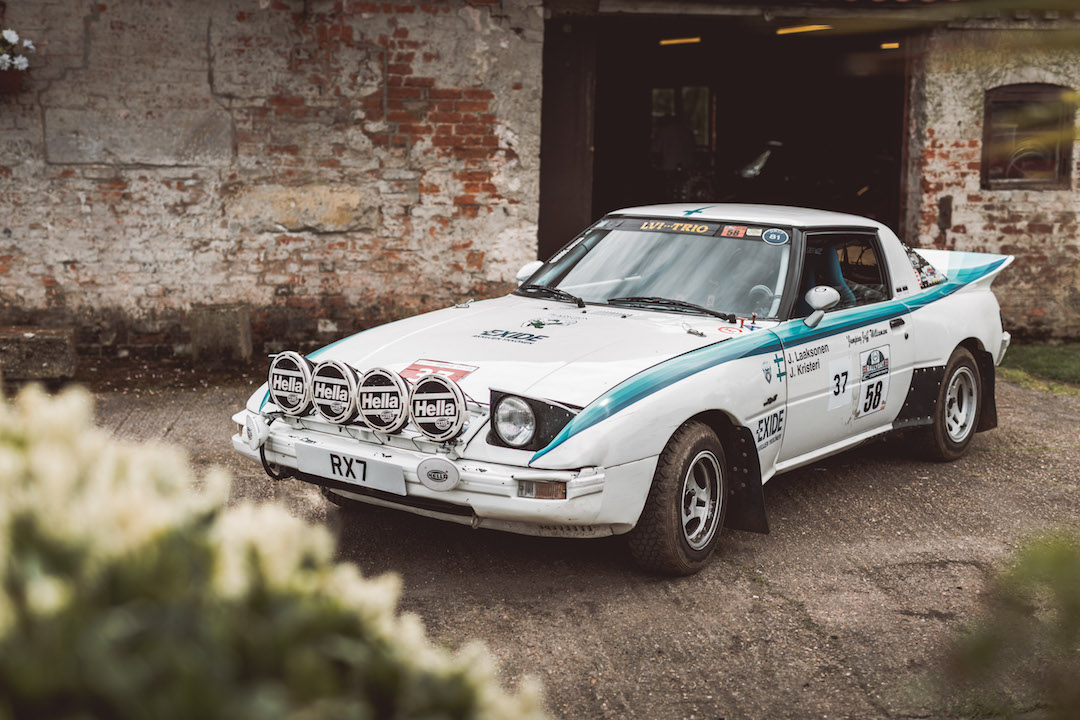
CLICK TO ENLARGE










